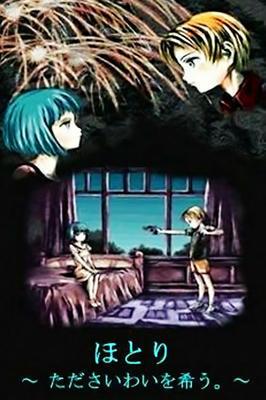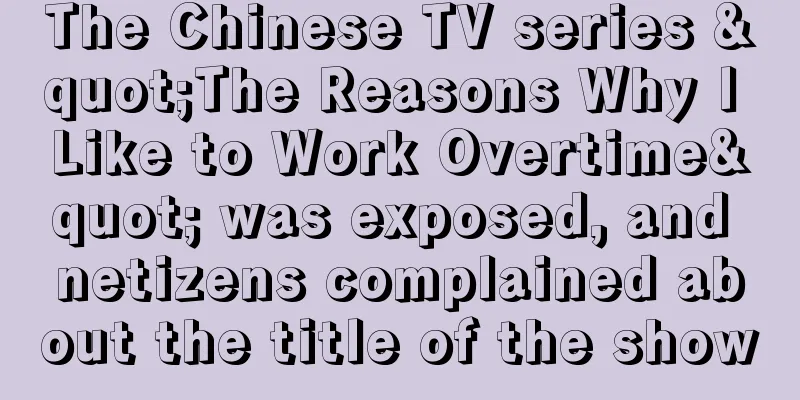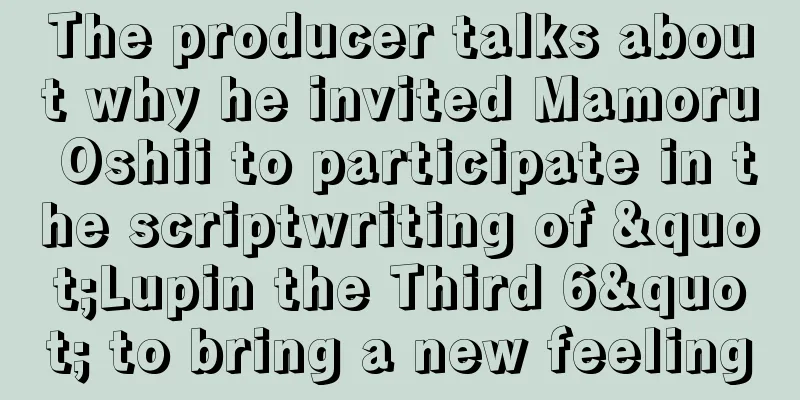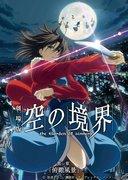A thorough analysis of the touching story and characters of "Hotori ~Tadasai wo Kisou~"!

The charm and depth of "Hotori ~Tadasai wo Kisou~"IntroductionThe TV special "Hotori: Tada Saiwai wo Nozomu," broadcast in 2005, is an original anime work based on an original idea by Miyazaki Maya, who won the Animax Grand Prize. This work depicts near-future technology and human memory, and the human drama that arises when these two intersect. In a short, one-episode story, this work deals with deep themes and left a strong impression on viewers, so we will provide a detailed explanation and recommendation. storyIn the near future, there are "personality plant robots" that behave like the owner of a person's memory by injecting them with "personality elements" that are data of human memories. Suzu, a boy hospitalized in a hospital, is one of these robots, and at the request of the parents of the deceased "Ryo Ogura," he was gradually transplanted with personality elements in order to become Ryo. One day, Suzu meets Shimizu Hotori, a girl hospitalized in the old hospital ward. Hotori has lost her memory and is suffering from a disease that will eventually lead to her death. The two polar opposites, Suzu, whose memories of times she shouldn't have existed are increasing, and Hotori, whose memories of times she should have met are disappearing, gradually become close. After meeting Hotori, Suzu begins to show significantly more human-like emotions. However, this also means that Suzu's own personality, which is unnecessary for Suzu, who wants to become Ryo, is gradually developing. Background and production of the work"Hotori: Tada Saiwai wo Nozomu" is the winner of the 3rd Animax Grand Prize. The Animax Grand Prize is an animation scenario contest that began in 2002 with the aim of discovering the next generation of anime creators. The theme in 2004 was "Robots," and the grand prize was won by 18-year-old Miyazaki Maya. Based on her original idea, Sunrise and Animax jointly produced the show, which aired on August 28, 2005. The director was Takashi Ano, the character designer and animation director was Koichi Hatsumi, and the music was by Ayako Otsuka. In particular, the ending illustration by Shinichi Yamashita, who was in charge of character design and world setting, is highly acclaimed as a beautiful visual that symbolizes the theme of the work. character Suzu (voiced by Ryoko Shiraishi) Shimizu Hotori (voiced by Ayako Kawasumi) Kaname Shimizu (voiced by Kazuhiko Inoue) Itsuki Shimizu (voiced by Daisuke Namikawa) Akira Usui (voiced by Houko Kuwashima) Mayu Ogura (voiced by Mika Doi) Jun Ogura (voiced by: Naoshi Izumi) Theme and Message"Hotori: Just Wishing for Good Fortune" is a work that makes us think deeply about memory, personality, and humanity. The contrast between Suzu having Ryo's memories transplanted into her and Hotori losing her memories raises the question of what memory shapes a person. Furthermore, the process in which Suzu meets Hotori and develops her own personality depicts the theme of what humanity is and how it is formed. Furthermore, the work also deals with themes of family love, friendship, and death. The love of Hotori's family, the friendship between Suzu and Hotori, and Hotori's attitude towards her illness deeply move viewers. At the end of the work, the message "just hope for happiness" is included, giving hope and courage to the viewers. Visuals and MusicThe film's visuals are set in a hospital in the near future, and the realistic depictions and beautiful ending illustrations are impressive. Yamashita Shinichi's ending illustration in particular has been praised as a visual that symbolizes the theme of the film. Hatsumi Koichi's character designs also express the characters' emotions in great detail. The music, composed by Ayako Otsuka, features beautiful melodies that enhance the atmosphere of the story. In particular, the music in the scenes depicting the relationship between Hotori and Suzu deeply touches the hearts of viewers. Recommendations and ratings"Hotori: Tada Saiwai wo Nozomu" is a short, one-episode drama that deals with deep themes and leaves a strong impression on viewers. It contains messages that give hope and courage to viewers while depicting themes of memory and personality, humanity, family love, friendship, and death. This work is especially recommended for anime fans, science fiction fans, and viewers who like deep themes. If you want to experience a deep emotion and thought-provoking theme in a short one-episode story, I highly recommend watching it. It is also a work that highlights the talents of the production team, including a story based on an original idea by Maya Miyazaki, direction by Takashi Ano, character design by Koichi Hatsumi, and music by Ayako Otsuka. There are also many communities where people share their thoughts and opinions after watching a film, allowing for in-depth discussion of the film's theme. Furthermore, learning about the background and behind-the-scenes stories of the film will allow you to gain a deeper understanding of the film. Conclusion"Hotori: Tada Saiwai wo Nozomu" is a work that contains a message of hope and courage to the viewer while depicting the themes of memory, personality, humanity, family love, friendship, and death. It is highly recommended for those who want to experience deep emotions and thought-provoking themes in a short, one-episode story. This work, which shows off the talent of the production team, is a must-see for anime fans, science fiction fans, and viewers who enjoy deep themes. |
<<: The appeal and reviews of Ichigo 100% -Oukai Gakuen Exodus-
>>: Review of AIR [IN SUMMER] - A moving and tearful story with summer memories
Recommend
The movie version of "A Step into the Past" is scheduled to be released in Q4 this year, with Louis Koo and others starring
According to Huace Film & TV's 2021 finan...
"Naked Supervisor" new derivative comic begins serialization to tell the legendary experience of Muranishi Toru's half life
The new spin-off manga "Naked Supervisor Mur...
Initial D voice actor joins the race! Japan's first racing team VART is launched
In addition to their excellent dubbing skills, th...
Gargantia on the Verdurous Planet: Epic adventure meets profound themes
Gargantia on the Verdurous Planet - Suiseino Garg...
Anthony Hopkins wins British Academy Award for Best Actor for the first time in 27 years
Recently, the British Academy Film Awards, known ...
'Squidward' becomes Netflix's most-watched TV series with 110 million viewers
Today (October 13), Netflix officially tweeted to...
"Fantastic Beasts 2" latest stills exposed beautiful snake Nagini debut
Recently, "Fantastic Beasts: The Crimes of G...
The emotion and reviews of "Memories Off 3.5: The Moment When Prayers Reach...": A story of tears and hope
The appeal and reviews of "Memories Off 3.5:...
This is much more violent than the main film! Predator Christmas Elk War
"Predator" has been released for nearly...
Japanese media readers voted for "2020 Favorite TV Animation" and Mashin Heroes ranked 2nd
On December 29, the famous Japanese animation inf...
Teenage Mutant Ninja Turtles: Revenge of the Teenage Mutant Ninja Turtles New Poster Shows Younger Turtles
Recently, Paramount Pictures released a new poste...
Review of the movie "DanMachi" and "Orion's Arrow": An adventure that exceeds expectations
"Is It Wrong to Try to Pick Up Girls in a Du...
Captain Marvel Chinese new trailer: Captain beats up alien grandma on subway
Today, Marvel officially released a new Chinese t...
A sequel to the classic crime film Heat is in the works
According to foreign media reports, a sequel to d...
"Snow White" actress accused of discriminating against Chinese audiences, condemned by Chinese netizens
Recently, "Shazam! Wrath of the Titans"...









